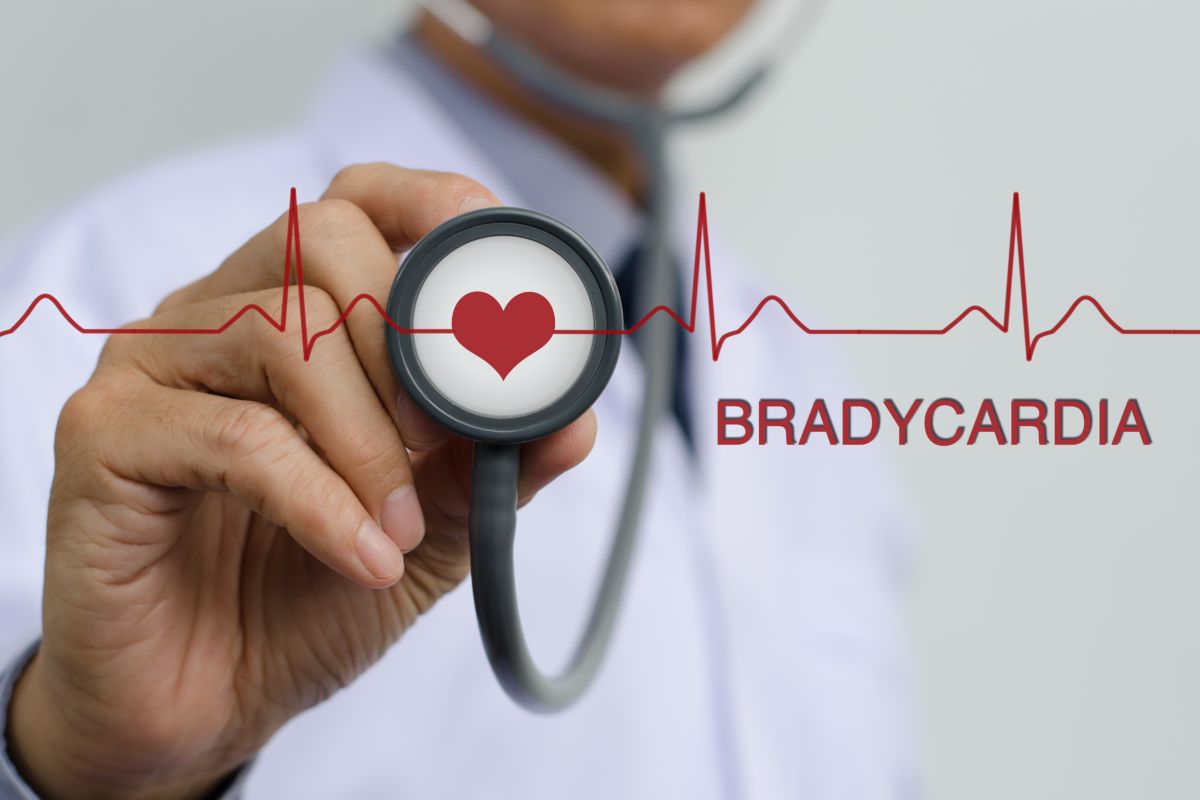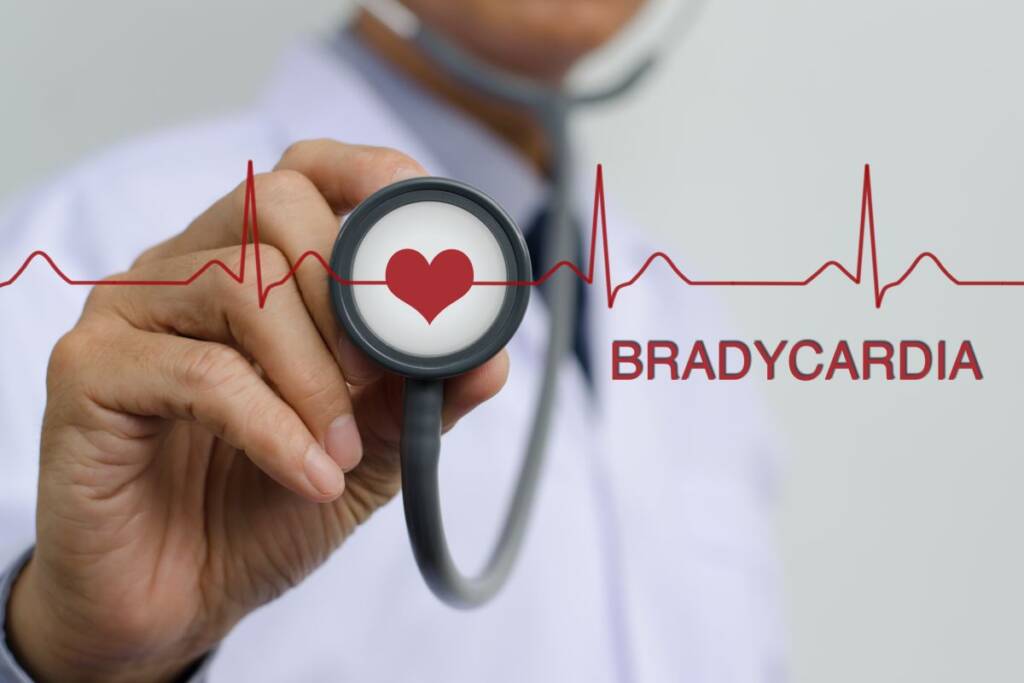Health
Bradycardia: what it is, symptoms and treatments

Bradycardia is a condition in which heartbeats are below normal. Let's find out what it depends on and how to treat it.
We talk about bradycardia when the heart beats are below the norm which is usually estimated at around 60 beats per minute. The reference settles from 60 to 40 beats, while with even lower values the problem becomes quite serious.
If the values do not go below 40 beats , however, it is not said that there is a pathological situation at the base. In some cases, in fact, sportsmen are a clear example of this, having low heartbeats can be considered physiological. It is therefore necessary to always check for any variations in order to avoid complications.
What are the symptoms of bradycardia
If the heart beats below average can be more than normal, the problem becomes absolutely to be observed in the presence of certain symptoms.
In pathological situations, in fact, suffering from bradycardia can lead to serious heart complications such as, for example, ventricular blocks.

Going to the most frequent symptoms of bradycardia that can be dangerous, there are:
– Chest pain
– Feeling of exhaustion
– Dizziness
– Dyspnea
– Shortness of breath
– Tiredness
– Sleep problems
– General malaise
– Low blood pressure
– Mental confusion
– Fainting
When one or more symptoms are associated, it is therefore very important to hear from the doctor in charge as there is the risk of experiencing heart failure or stroke.
This happens because bradycardia carries less blood into the body where it is not physiological, complicating various functions. Which depends on the alteration of the electrical impulses that determine the pumping action of the heart. When this happens it is essential to run for cover by taking certain drugs or with targeted interventions. The risk is in fact able to undergo damage to the muscle tissue of the heart, inflammation and other problems.
How to cure bradycardia
To recognize a condition of bradycardia, the doctor can take into consideration the family history, also carrying out in-depth tests among which the electrocardiogram, the cardiac holter, the controls under stress, the blood tests and the common monitoring of the heart stand out. .
Once faced with a case of ascertained bradycardia, the cardiologist can establish how to intervene based on the presence of other pathologies, the extent of the problem and the state of the heart.
Often, in fact, it may be sufficient to act on problems already underway such as, for example, sleep apnea, to resolve the situation. In other cases, the usually more serious ones, drugs such as atropine and exoprotenerol can be of great help. While in even more extreme cases, the doctor may decide to implant a pacemaker .
Finally, it may be useful to remember that to reduce bradycardia it is very important to always keep the heart in good health, maintain an adequate weight, avoid excessive sources of stress, eat in a healthy and balanced way (with a preference for foods rich in Omega 3 , vitamins and minerals), avoid smoking and alcohol and perform moderate physical activity. By following these rules and carrying out regular checkups, it will be much easier both to prevent any health problem and to notice the presence of the disease in good time.
Riproduzione riservata © - WT











